4. The tunnels
Officially known as the utilidors, the sprawling tunnel network beneath the Magic Kingdom may be Disney’s worst kept secret of all time. As the story goes, Walt was walking through Disneyland one day when he saw a Frontierland cowboy making his way through Tomorrowland. Recognizing that as “bad show,” (something that guests would immediately recognize as out of place), he vowed to do something about it in his next park by giving his cast members another route to work.
Walt was never one to do anything halfway, and so the idea for the utilidors was born. Of course, if you know anything about Florida geology, you also know that the water table is extremely high. So digging tunnels would be impossible. Instead, the Disney “tunnels” are actually built at ground level. The company took more than seven million cubic yards of earth from the excavation of the manmade Seven Seas Lagoon and used it to build up the park above.
This, in turn, allowed Disney to create an excellent bit of showmanship. When you enter the Magic Kingdom early in the day, you are presumably well rested and eager to start your adventure. Throw in a bit of forced perspective to make Cinderella’s Castle appear closer than it is, and most guests never even realize they are actually climbing a hill as they make their way into the park. In the evening, when you are presumably tired and ready to go to bed, you are going downhill as you leave the park. Unfortunately, if you depart by monorail, you then have to climb a steep ramp…but no system is perfect, right?
The utilidors house a seemingly endless number of support services, from break rooms to offices. Deliveries are made there, cooking kitchens are housed there, and the Magic Kingdom’s Cash Control center is located there. The tunnels are color coded, making it easy to figure out where you are in the park, but they really aren’t much to look at visually. If you want to see them for yourself, just sign up for a backstage tour—as long as you are over the age of 16. Disney does not allow younger guests into the tunnels for fear of ruining the magic.
For cost reasons, though it seems endlessly practical, the utilidor system was not repeated in the other parks. Epcot has a very small tunnel that connects the two halves of Innoventions, though during my time there it seemed to be used mostly for storage. Disney’s Hollywood Studios and Animal Kingdom have no tunnels at all. Those parks use backstage perimeter roads to transport people and products to different lands.
5. The cafeterias
It’s no secret that food is expensive at the Walt Disney World parks and resorts. It’s not cheap for cast members either, but it is significantly less than guests pay. In addition, cast members are not allowed to purchase or consume anything on stage, in front of guests (except for water from a bottle in a Disney-issued holder). As you might have guessed, cast member dining options are everywhere. Some are little more than snack stands, while others are huge cafeterias with a wide variety of options. Cast members are also allowed to pack lunches from home, and microwaves and refrigerators are plentiful in break rooms.
6. The bad animals
You know all those cute animals you can sit and enjoy from a communal porch or your savannah view guest room at Animal Kingdom Lodge? What you might not know is that many of them used to live at Kilimanjaro Safaris. Animals that act out, perhaps by finding a way to cross the hidden barriers that separate different sections of the attraction, are often moved to the Lodge preserve. They live out their days with the same medical care and attention that they received at the attraction, but are much more isolated from both other types of animals and park guests.
Incidentally, both at the Lodge and throughout the park, animals are never required to remain in guest view. Food treats and toys are given as encouragement, but they are free to retreat backstage whenever they choose. Most of the time, though, they’re out there. They are just experts at camouflaging themselves, so don’t be discouraged if you don’t find them right away. Give yourself a few moments to take a harder look.
7. Backstage transportation
All four parks are ringed by backstage perimeter roads that make it easy for delivery trucks, cast members’ personal vehicles, company golf carts, and other traffic to get to where it needs to be. Some attractions, such as Kilimanjaro Safaris, even use the perimeter roads to get back and forth between the attraction vehicle parking lot and the actual attraction. Those trucks are capped at eight miles per hour while in the attraction, but they can go a whopping 20 miles per hour on the perimeter road—assuming you drive just right over a hidden underground puck. Otherwise, it’s a long, slow, and embarrassing drive for you!
Different parks and resorts have different ways of moving cast members around backstage, which are generally buses or golf carts. But at Animal Kingdom, cast members are encouraged to get a workout by hopping on one of the company-owned bicycles! There are bike racks everywhere, and all you have to do is grab one and go. It makes perfect sense, especially given the vast size of the park, but newbies often do a double take in the morning, when the perimeter road resembles a bike race between people in the traditional dress of many different nations.
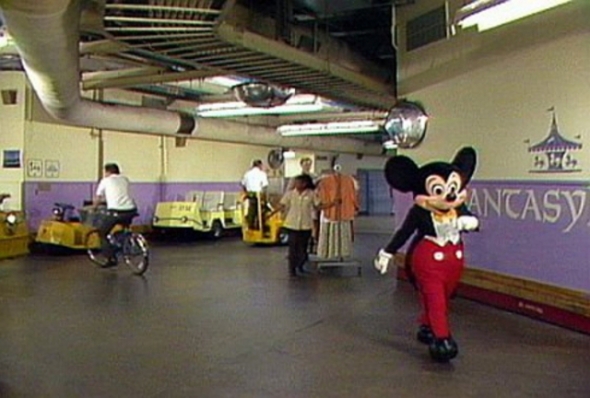
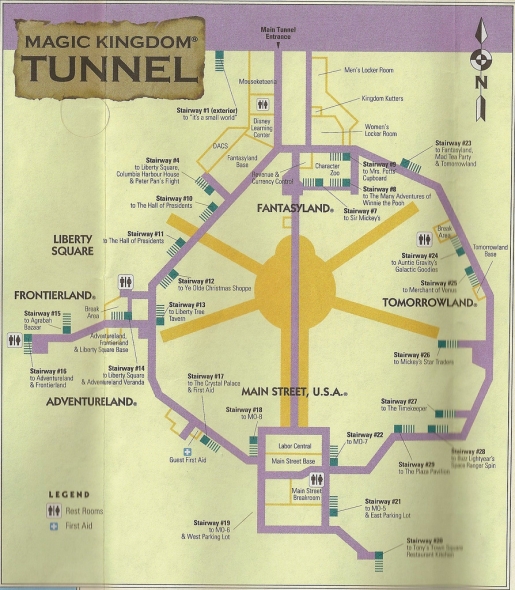
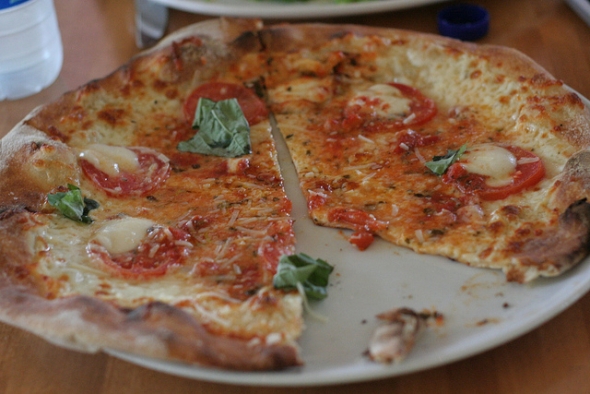
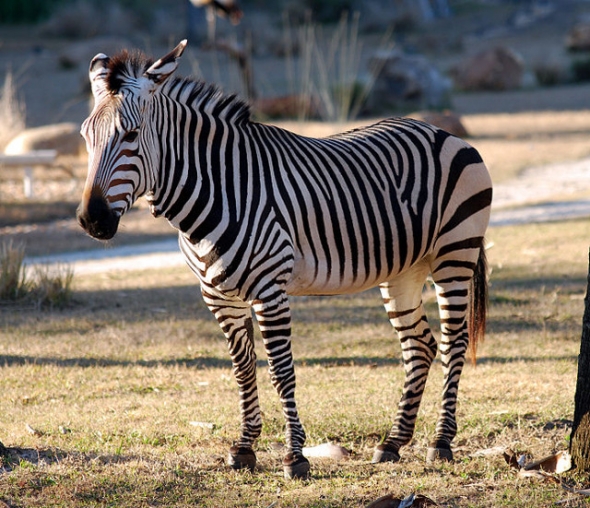
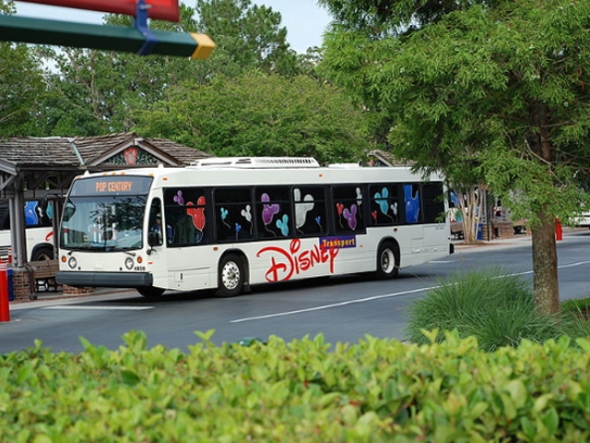
Add new comment